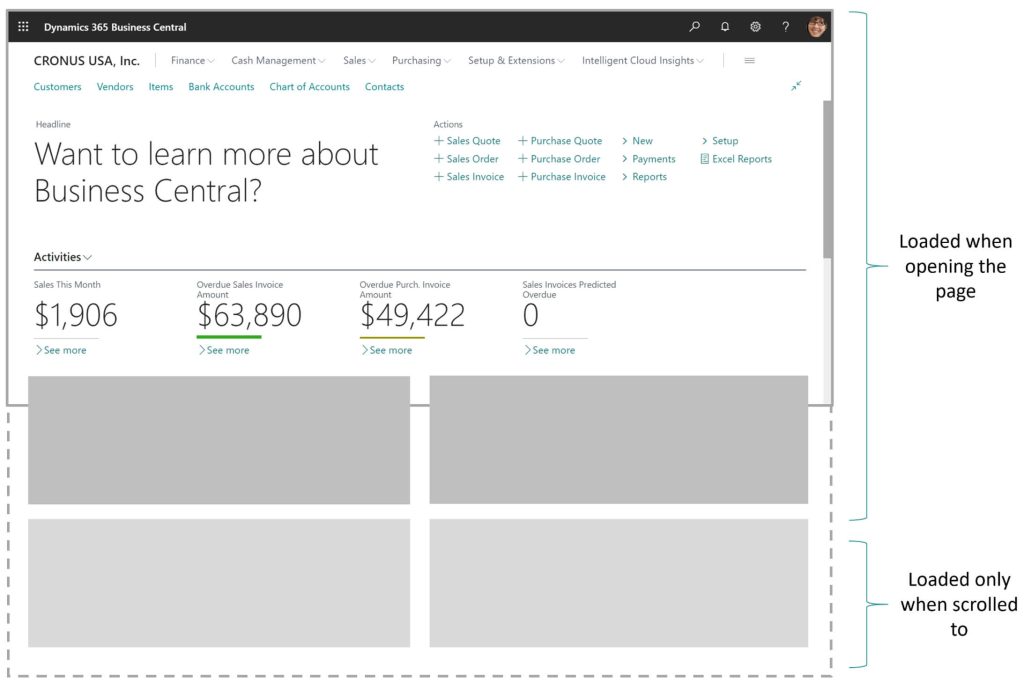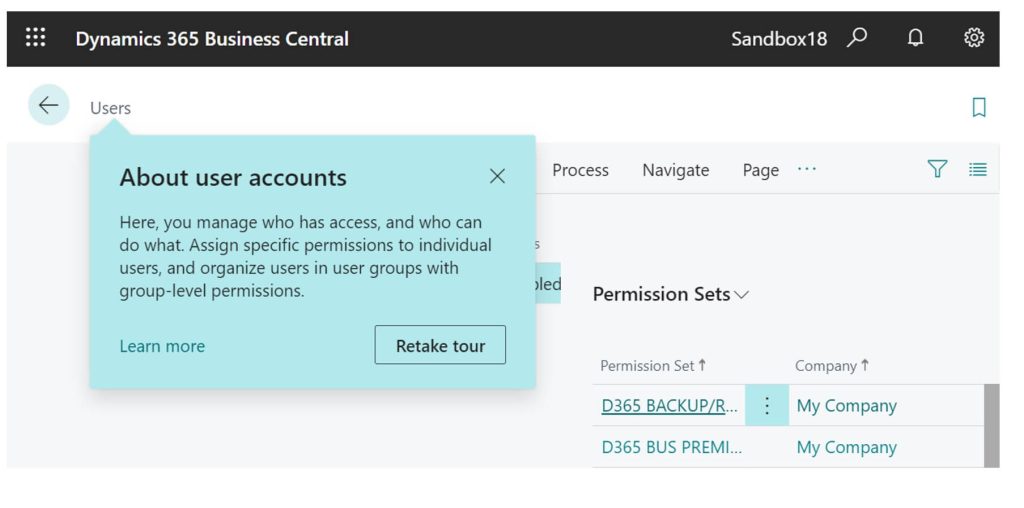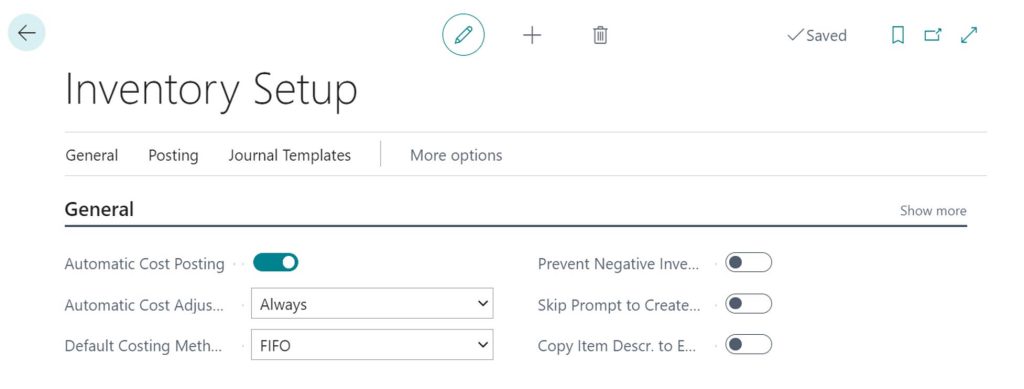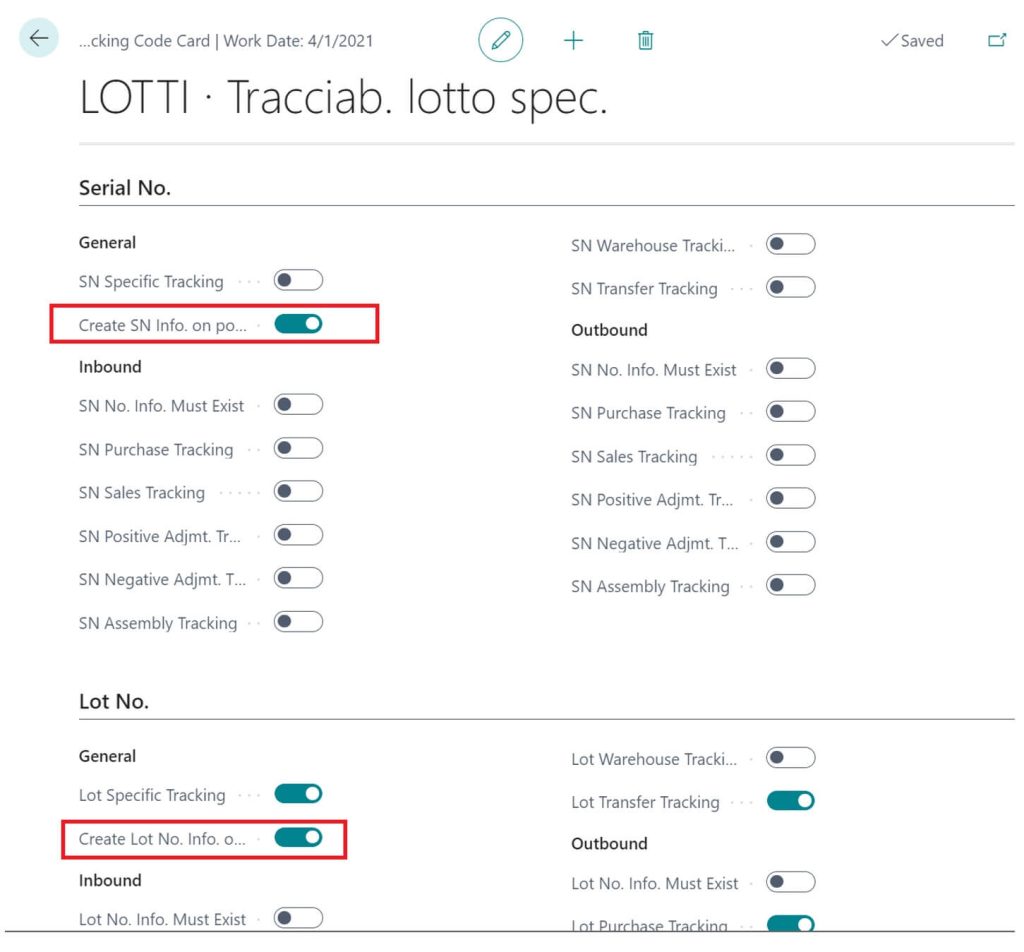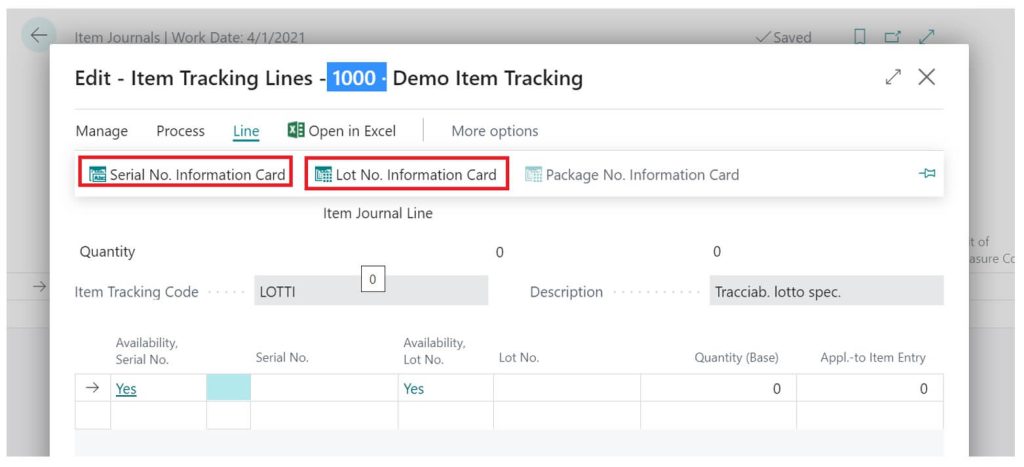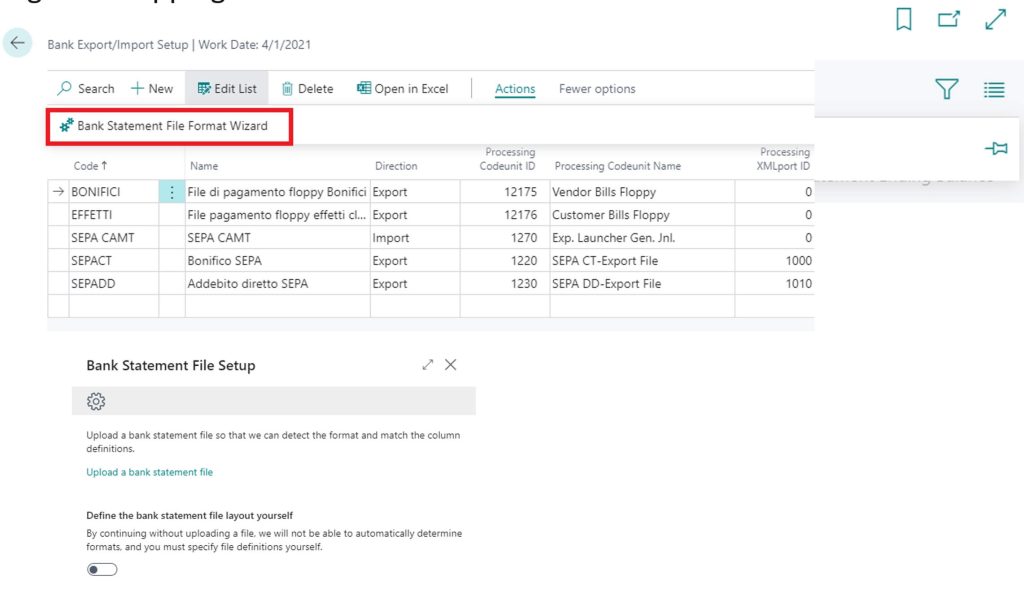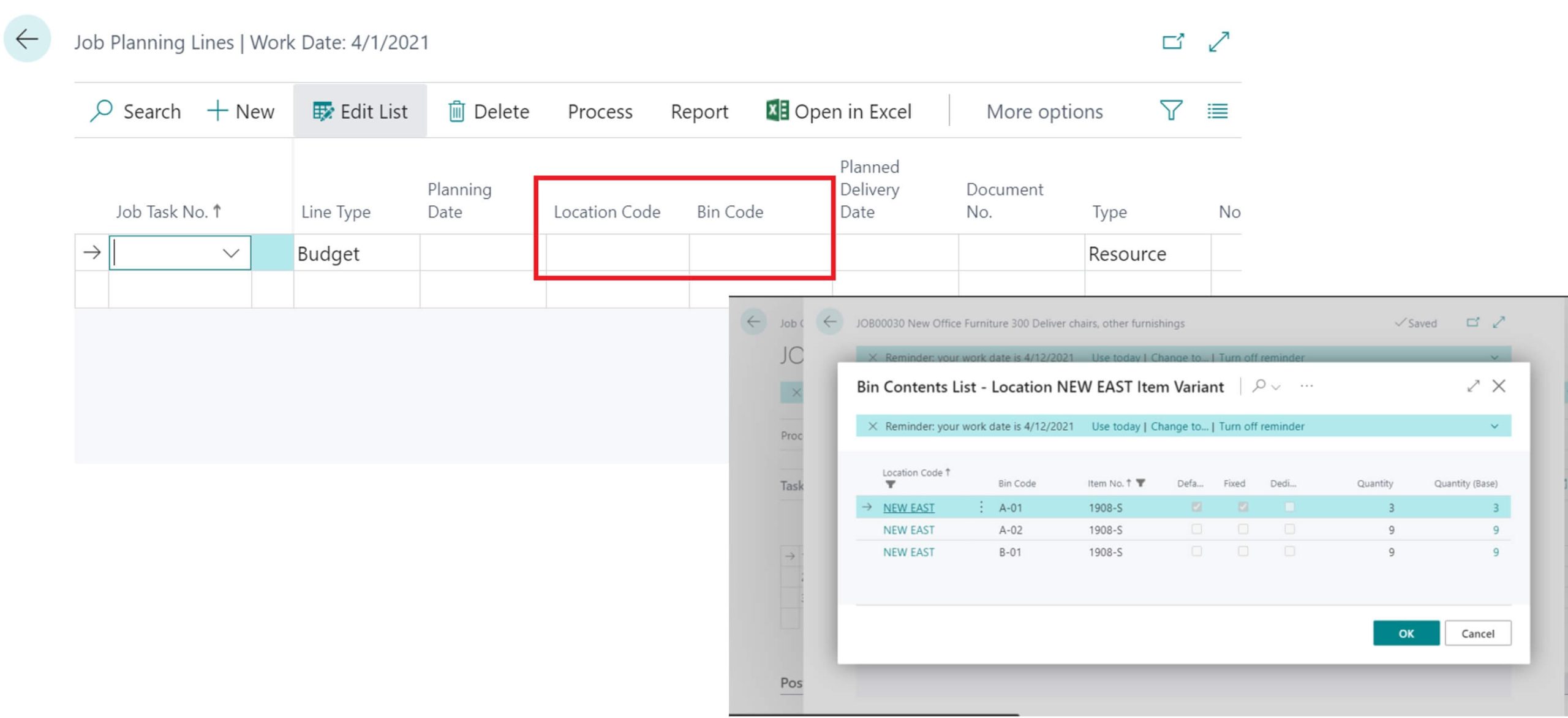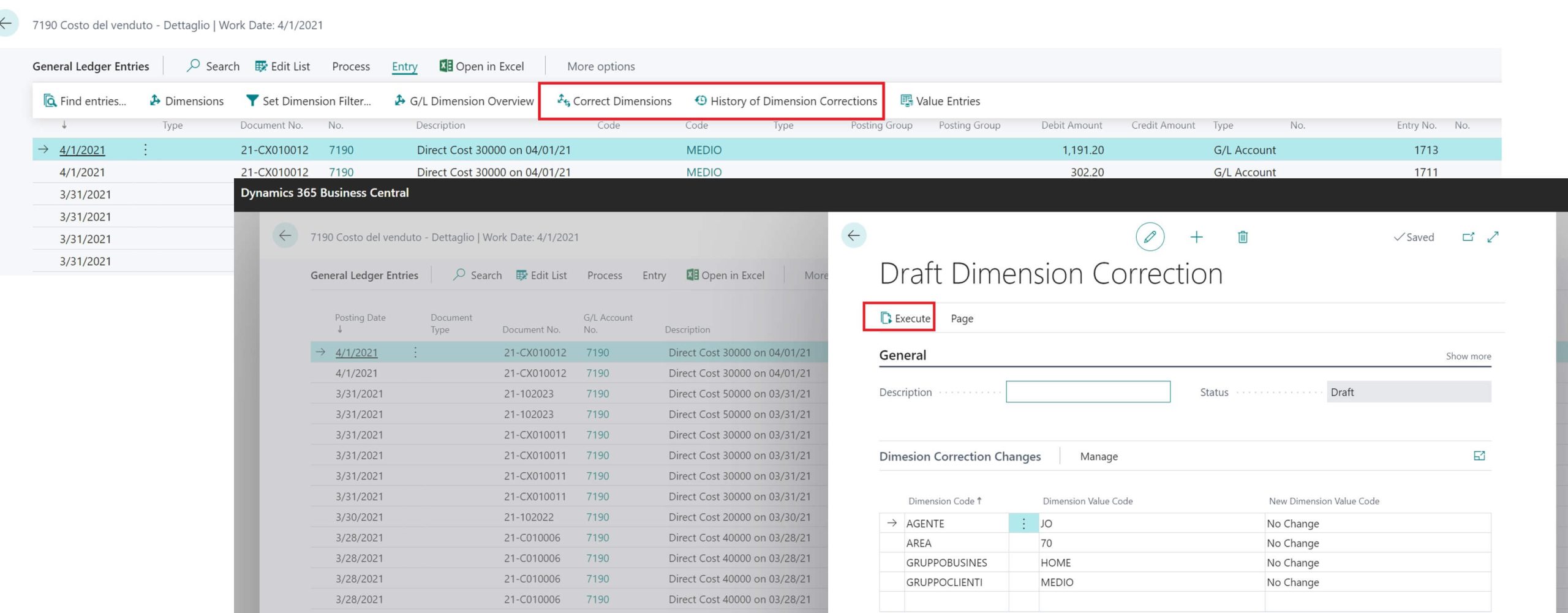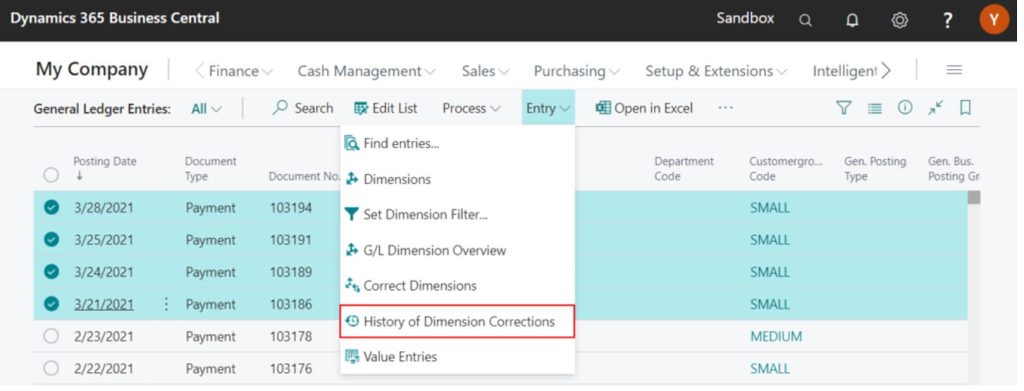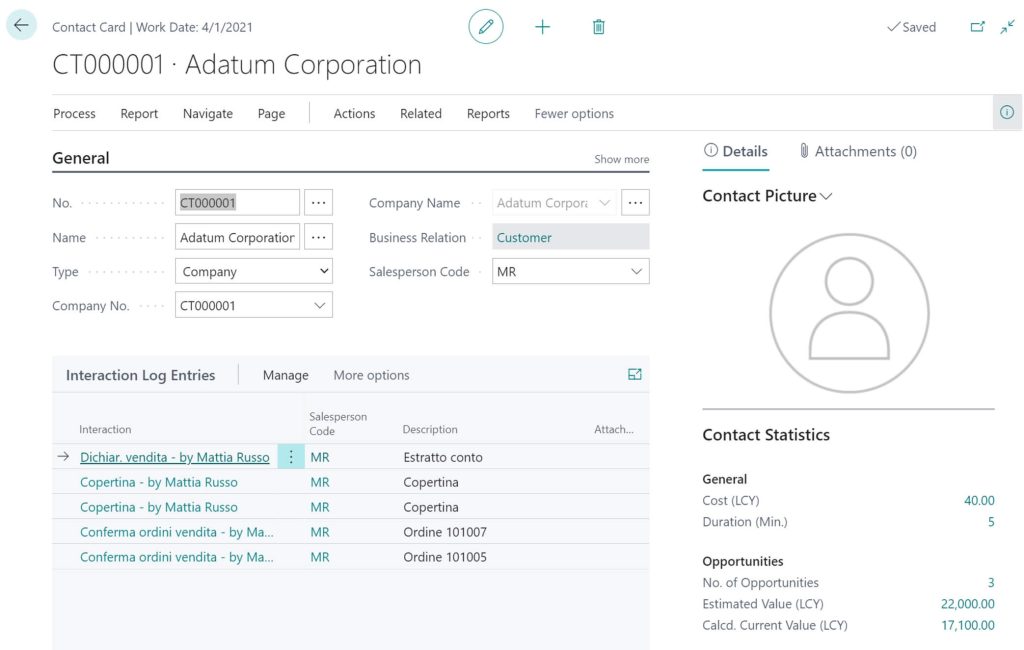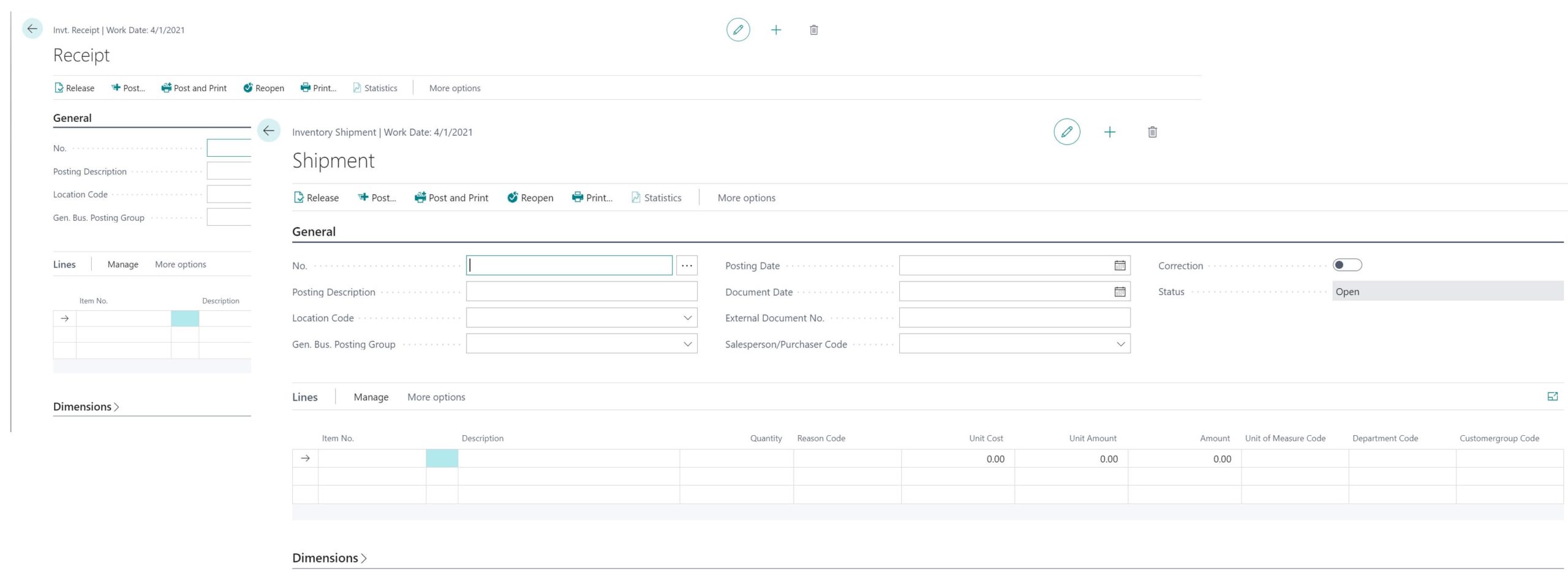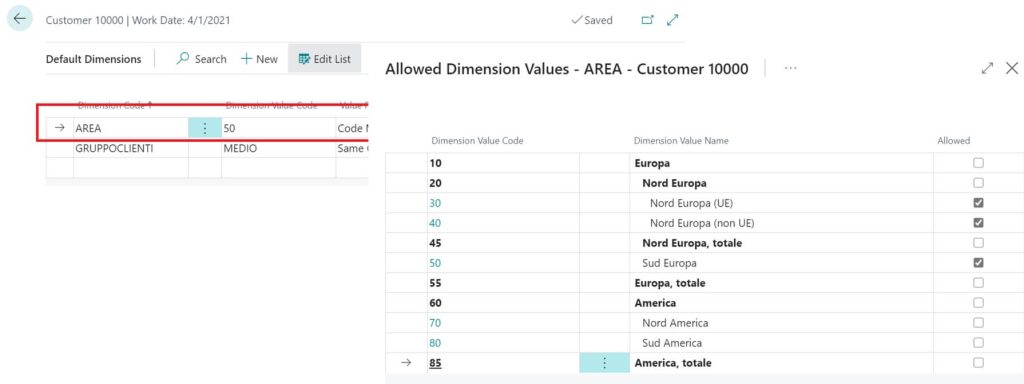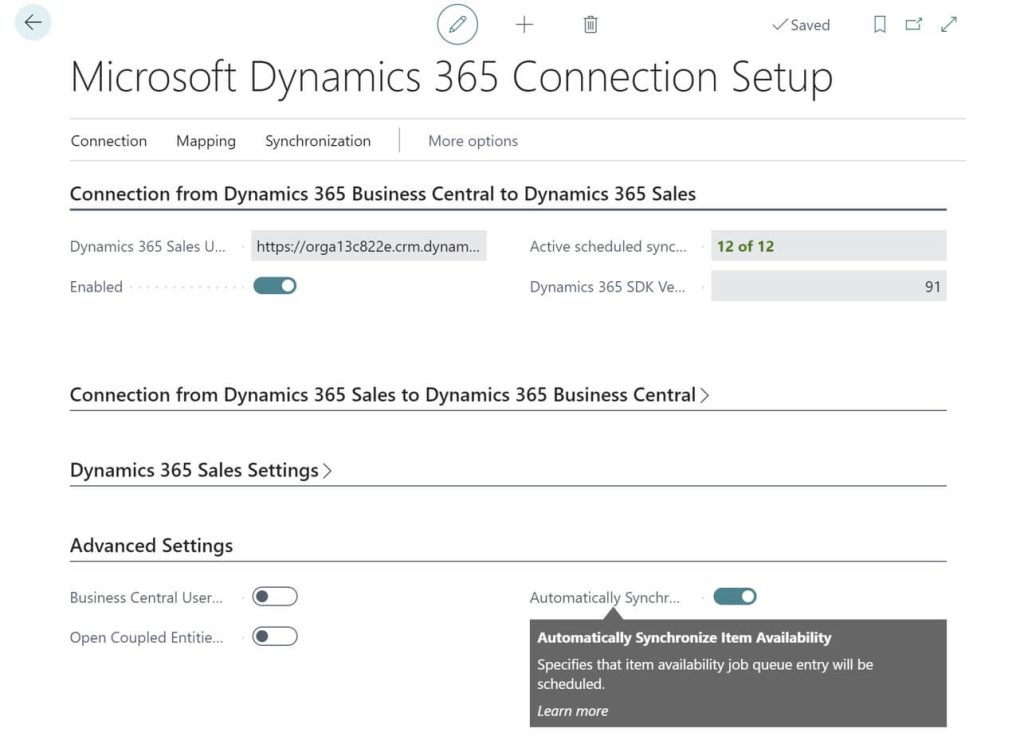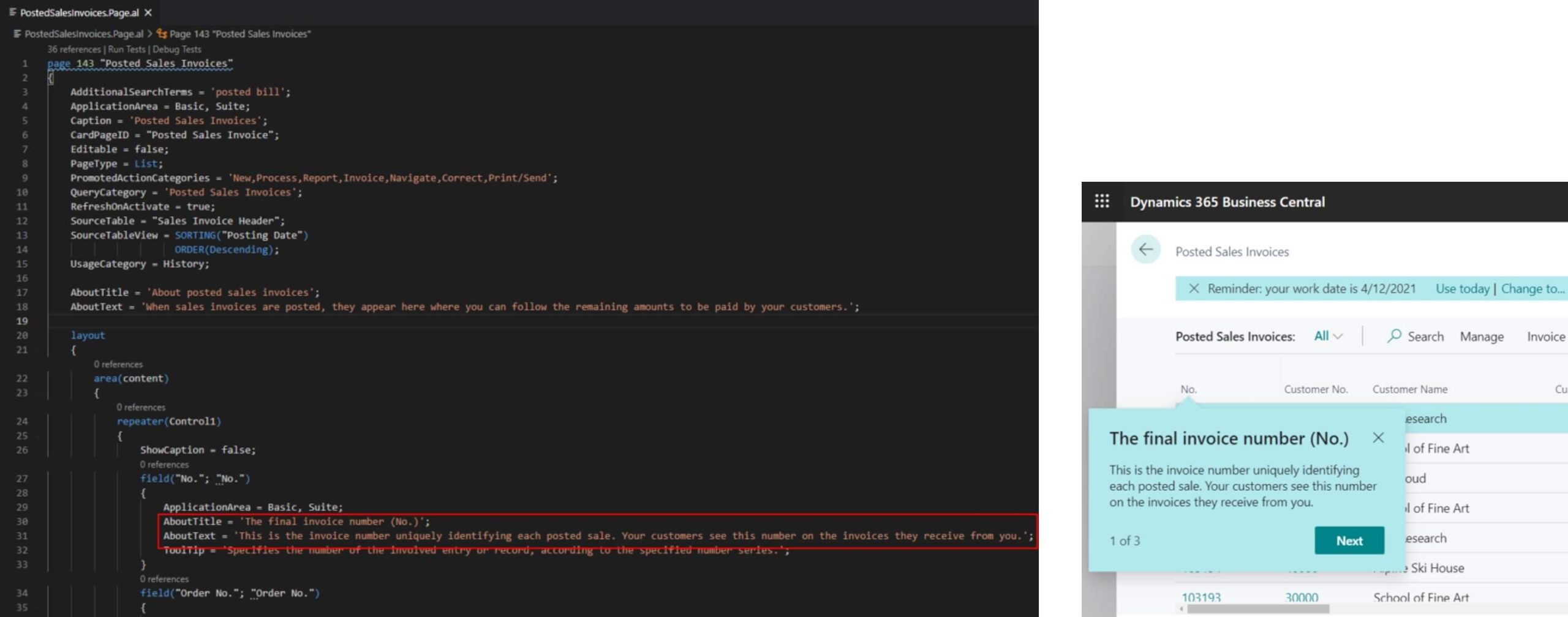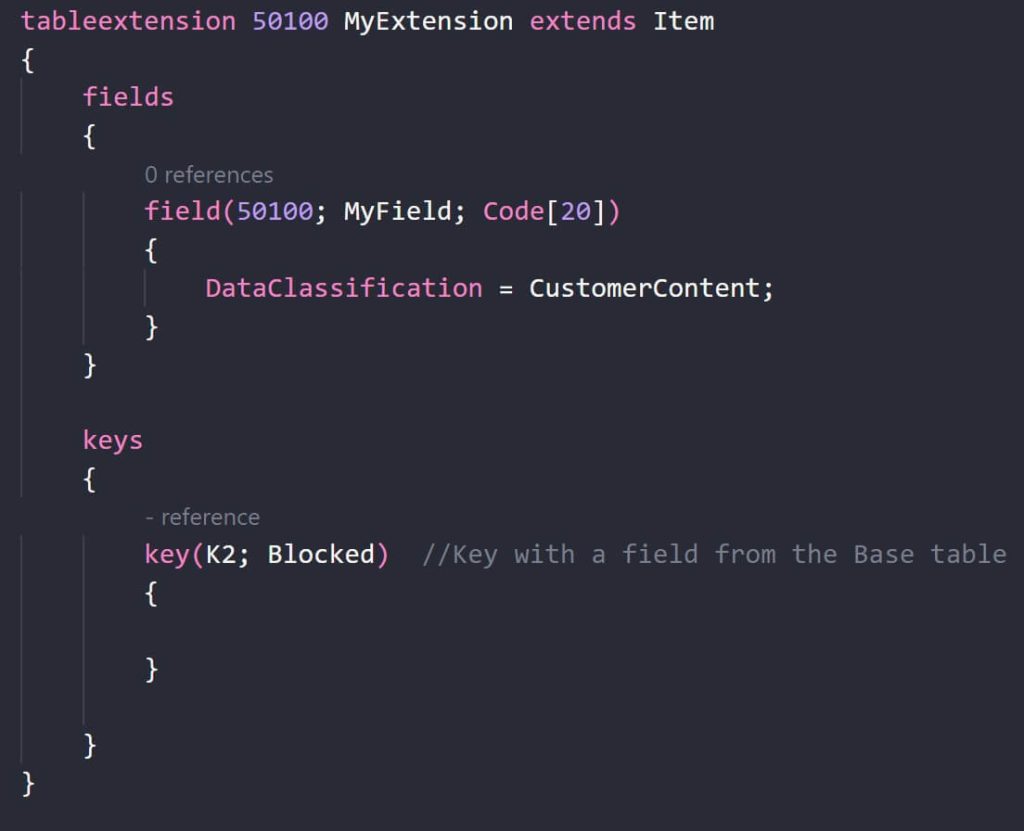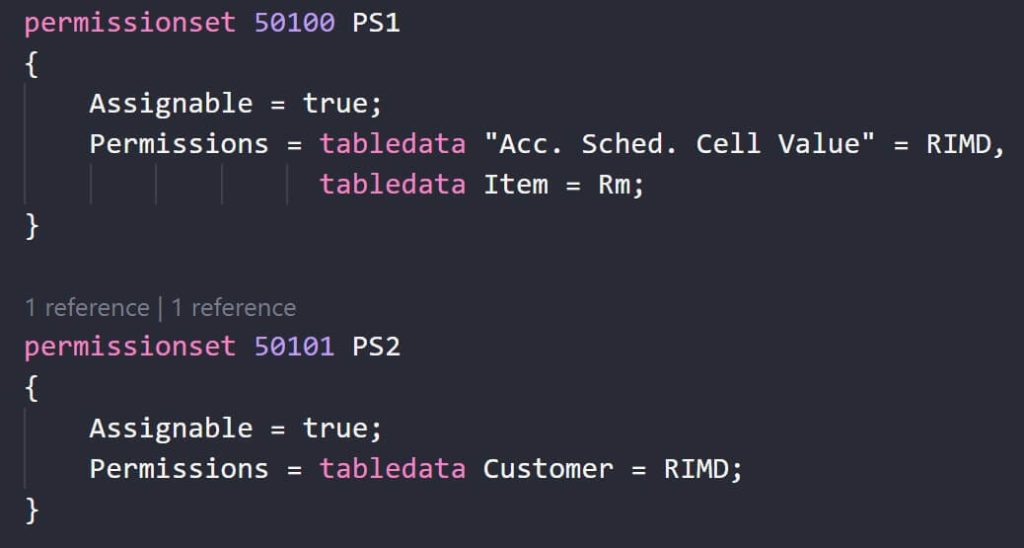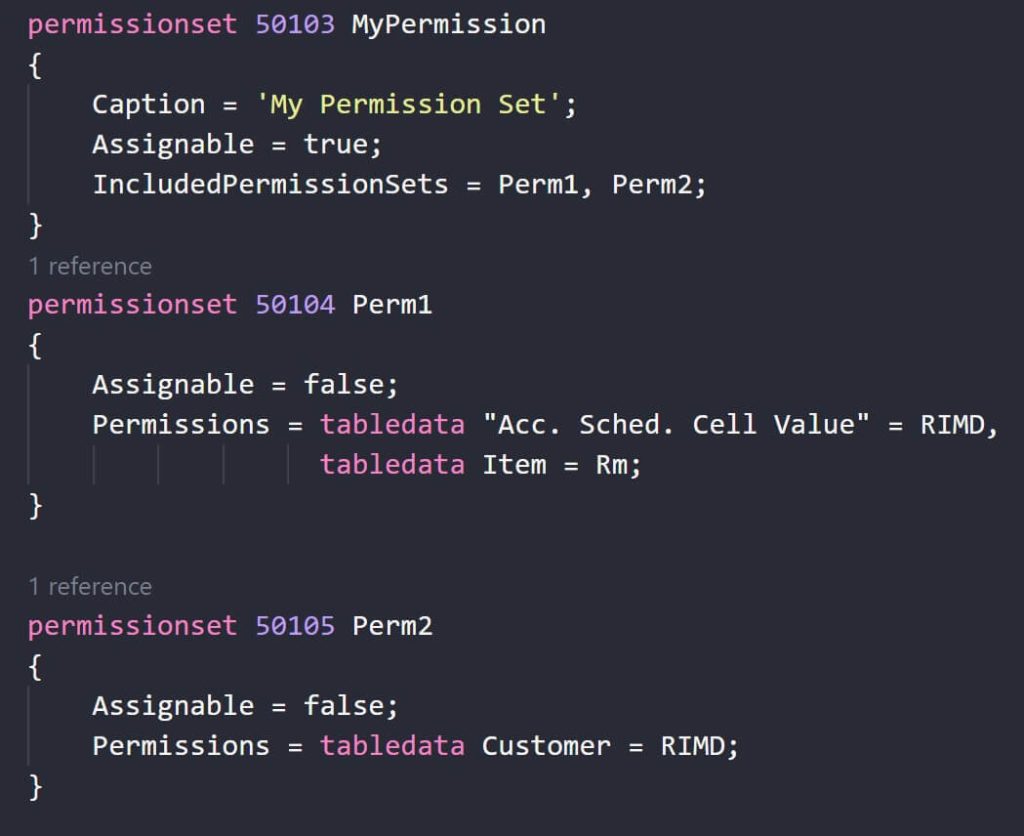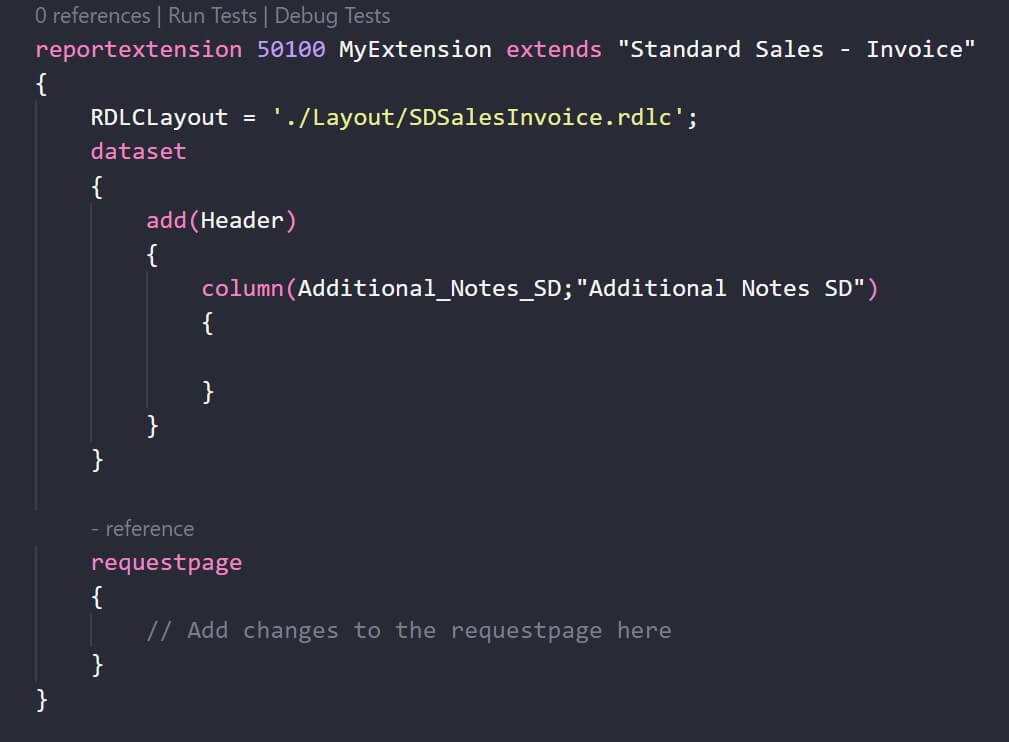At the beginning of April 2021, Microsoft has officially launched the new major version for Dynamics 365 Business Central, officially named 2021 Wave 1 and internally known as version 18.
As with every main version, there are a lot of changes and they involve different aspects of the application itself.
In this post, I want to emphasize some of the main news in Dynamics 365 Business Central 2021 Wave 1. Most of them are visible to the end-user, but others are quite “hidden features” but extremely important for the entire platform.
Before explaining the main changes, please remember that the 2021 release wave 1 brings Dynamics 365 Business Central to new countries like Greece, India, Romania, Turkey + 12 indirect localization (via partners). Application Builder and Solution Developer functionalities for Dynamics 365 Business Central are included for free in the Business Central Essentials and Business Central Premium licenses.
News at platform/architecture level
From at least the last year, Microsoft is doing extensive work on the server-side to move the NST from .NET Framework 4.8 to the new .NET Core platform. This change helps on improving performances, having a lightweight application, and also being cloud-ready. Due to this continuous change, you can now run Business Central 2021 Wave 1 on production with anything supported (Docker, Windows Server Core) as long as you ensure database compatibility.
Microsoft has also worked on the database export feature for the cloud environment. In the past, database export can sometimes time out due to insufficient resources allocated to this operation by Azure. This was common among customers with large databases and lots of companies. With this release, a more reliable solution for the database export, which allows exporting much larger databases, will be available. This new feature relies on Azure Batch services for handling the export of the database to the storage account you selected.
Another interesting new improvement is related to delegated administrators of a tenant. Now a delegated admin can:
- Pause a job queue, which a licensed user scheduled.
- Restart a failed job queue, which a licensed user scheduled.
- Run a job queue one time for one complete cycle to verify that it works. They can call it as many times as needed before handing it over to the customer (licensed user) to start it as a recurrent job.
- Change the Business Central user experience from Essential to Premium on the Company Information page.
It’s also quite common that partner users can be registered as business-to-business (B2B) guest users in the customer’s Azure directory (for example, collaborating via Microsoft Teams). In the past, partner users invited as B2B guests would lose their delegated administration access to the Business Central environments of the customer. With this new release, partner users with a delegated administration relationship with the customer will keep the same access to Business Central and the Business Central admin center, even if they’re added as B2B guests. It can help a lot in solving past issues, I think.
As a tenant administrator, there is two other important news:
With version 2.0 of the Automation API, you can now schedule the installation of per-tenant extensions using the API. You can choose between the Current version, the Next major version, and the Next minor version.
You can now install AppSource apps programmatically, using the Business Central Admin Center API. You can also use the API to uninstall apps that are no longer needed. The Business Central Admin Center API already has methods for checking for updates to AppSource apps and installing these updates to the customer’s environment.
API performance on the server is now 5-6 times faster due to the usage of the partial record feature, enabled by default on SaaS. Please also remember that SOAP support is deprecated and will be removed in a future release (so, start using OData endpoints).
News on the client-side
When talking about the client-side, we’re indirectly talking about performances on the browser.
Dynamics 365 Business Central 2021 Wave 1 is optimized for the new Microsoft Edge browser, and Internet Explorer 11 is not supported anymore (you have a blocking screen if you use a not supported browser now).
On Role Centers, parts are loading one by one, starting from the top, only if they are shown on screen. The remaining parts are loaded on demand when you scroll to them, reducing the total time to load the Role Center and allowing you to start interacting with Role Center contents quicker:
The initial company setup experience is now much easier and guided. New visual aids help customers discover features and key business process fields and actions in Dynamics 365 Business Central. These visual aids can be created by partners who wish to bring them onto their app offerings:
News at the application level
There is a lot of news at the application level, and the features of the ERP improved in many scenarios.
On the Inventory Setup page, when you turn off the Automatic Cost Posting toggle or specify Never in the Automatic Cost Adjustment field, an assisted setup guide becomes available. It permits you to configure the item costs adjustment in the background via Job Queue:
Some industries not only need to track the Lot and serial numbers, but they also require additional information about them. To support that, Business Central offers Lot No. Information and SN Information pages. To create an information card when you post journals or documents, go to the Item Tracking Code page and turn on the toggle for Create SN Info. on posting or Create Lot No. Info on posting:
You can also go to the Item Tracking Lines page and use the New SN Information Card or New Lot Information Card actions:
If you create serial numbers in bulk by using the Create Customized SN or Assign Serial No. actions, you can enable Create SN Information, and an information card will be created for each tracking line.
The Bank reconciliation process is now improved. From the Bank Acc. Reconciliation page, you can cancel a bank reconciliation that was posted with mistakes, and then from the Bank Statements page, you can run a new bank reconciliation report. You can also change the statement number for the bank reconciliation if you want to redo an undone bank statement using the same number. The Undo functionality is available on the standard Bank Reconciliation page:
You can also configure the import of flat file and comma- or semicolon-separated bank transaction formats, and you can easily import files they have produced or manipulated to fit with the configured mapping:
In Business Central 2021 Wave 1, there’s also extended support for bins in the Jobs capabilities. When a user creates a job planning line or a job journal line and specifies the item number and location code, the default bin is automatically suggested. Users can choose a different bin by using the Lookup action to open the Bin Content page. The page shows the default bin, fixed bins, and bins that are temporarily used to store items:
With Business Central 2021 Wave 1, there’s also the support for lot sizes definition on different production stages. In addition to the ability to specify lot sizes on routing lines, you now can also set lot sizes on the following pages:
- Routing version (page Routing Version Lines)
- Planning worksheet (page Planning Routing Line)
- In various production orders directly (page Order Routing).
You now have a built-in and powerful tool for making dimension corrections on G/L entries.
On the General Ledger Entries page, the Correct Dimensions action lets you correct dimensions on posted entries by editing the dimension value, adding new dimensions, or removing them, or lock dimensions for corrections:
All modifications are fully logged and revertible:
The Contact management feature was revisited quite a lot. The Contact list page in the brick view now shows more important contact details, and the Contact Card shows the Business Relation and gives you direct access to the related Customer, Vendor, or Employee card. The Contact card also has an Interaction Log Entries FastTab that gives one-click access to the history of interactions your company has had with the contact:
With Business Central 2021 Wave 1, you now have the Inventory Receipt and Inventory Shipment documents to adjust your inventory (increase or decrease of inventory, respectively). You can print these documents at any stage, release and reopen them, and assign common values, including dimensions, in the header:
If you want to reprint posted documents, find the documents as Posted Inventory Receipt and Posted Inventory Shipment, respectively. These new documents support all the full navigation functionalities available on Business Central.
On this release, you also have more control over the Default dimensions values. Instead of allowing users to pick just any dimension value, when the dimension Value Posting is set to Code Mandatory, using Allowed Values Filter in the Default Dimensions page, users can now pick from a predefined list of allowed dimension values controlling finance or accounting departments chosen as valid for particular master data, documents, or transaction posting in Business Central:
You can now define production BOMs and routes for different variants and the locations you store them in. A new Variant Code field is added to the production order header, so you can specify the locations and the variant to produce.
When you enable Allow Editing Active Price on the Sales & Receivables Setup and Purchase & Payables Setup pages, you can edit prices even though the price list they belong to is active.
With 2021 release wave 1 (available in April), Dynamics 365 Business Central will support printing via Universal Print so customers can send documents and reports to any of the printers registered with Universal Print (a cloud service offered by Azure). Cloud printers can be changed before each print job directly from the report’s request page.
News for Power Platform and Dynamics 365 integration
The Business Central app for Teams is now improved. Now you can:
- Lookup Business Central contacts from the Microsoft Teams search box or from the message compose area.
- Share a contact with your coworkers during conversations in Microsoft Teams.
- View contact information and historical data in the details window in Microsoft Teams, and immediately start a call.
Now you can create Power BI reports and dashboards using the Business Central APIs (standard and custom) instead of using pages exposed as web services.
Also, the standard Business central connector for Power Platform is updated and now supports using standard and custom entities exposed as APIs.
For integrations with Power Apps, you can use Virtual Tables for Dataverse integration.
When an admin sets up the connection to Dynamics 365 Sales either through the Assisted Setup or through the Microsoft Dynamics 365 Connection Setup page, you can enable inventory availability synchronization by choosing Automatically Synchronize Item Availability. This way, when inventory changes in Business Central, the change is automatically reflected in Dynamics 365 Sales:
News for developers
There is also news for developers, and all are included in the AL language 7.x release.
For pages to help support the user experience, two new ones called AboutTitle and AboutText are available. You can set it on the page, groups, parts, fields, and actions to experience the teaching tips. If you select Take a tour, you can see all the information set on the page controls (page, groups, actions, fields):
You can extend standard tours (by using page extension objects) or create your tour on your custom pages. Please remember that the explanation of controls during a tour is executed from top to bottom according to your AL object definition.
With AL language 7.x, you can now add keys from a tableextension object with fields from a base table, like in the following code:
Creating new keys with standard fields can help on increasing performances on certain calculations according to your business processes. Please remember that keys cannot span across base tables + extensions.
Interfaces objects defined in AL can now be obsoleted like other AL object types (by using the ObsoleteState property).
You can now return variables of complex types in your AL code finally (for example, you can have a procedure that returns a Customer object). For more information, you can check this post.
Now you have the possibility to define Entitlements (which objects a customer is entitled to use according to the license they purchase for an app) and Permissions from AL with three new objects:
- Entitlement
- PermissionSet
- PermissionSetExtension
Permission sets defined in XML are still supported, but the recommendation is to start creating permission sets directly in AL. In AL, a permission set can be created as in the following example:
It can be assignable or not. You can also create nested permission sets (by using the IncludedPermissionSets property):
A permission set can also be extended by using a permissionsetextension object (modifications are additive).
Lastly, you can finally extend reports with a new reportextension object:
This new object permits you to extend the dataset of a report without duplicating the entire report object. You can make additive changes to the report dataset and request page. Report layouts will not have an extensibility model. You can find more details about this new object here.
Please remember that the reportextension AL object will be improved on the subsequent minor versions (expect more features on 18.1).
Reports now also support barcodes natively on SaaS. You can have more details about this feature here.
Conclusion
As you can see, the Business Central platform is constantly evolving, and you should also evolve your solutions accordingly.
Start upgrading your on-premise environments (on SaaS, you don’t have to worry about this, Microsoft handles the automatic upgrade) and start using the new features. Please also check your apps to discover possible problems with the new platform, and don’t forget to be”cloud-ready” when you start your new Business Central projects.
Migrations from previous versions of Business Central to the new Wave 1 2021 release (v18) is still supported from version 14 (Microsoft has noted from telemetry statistics that the main part of the migrations comes from version 14). The code of the migration tools is available on Github if you’re interested in checking how Microsoft is handling some tasks.
